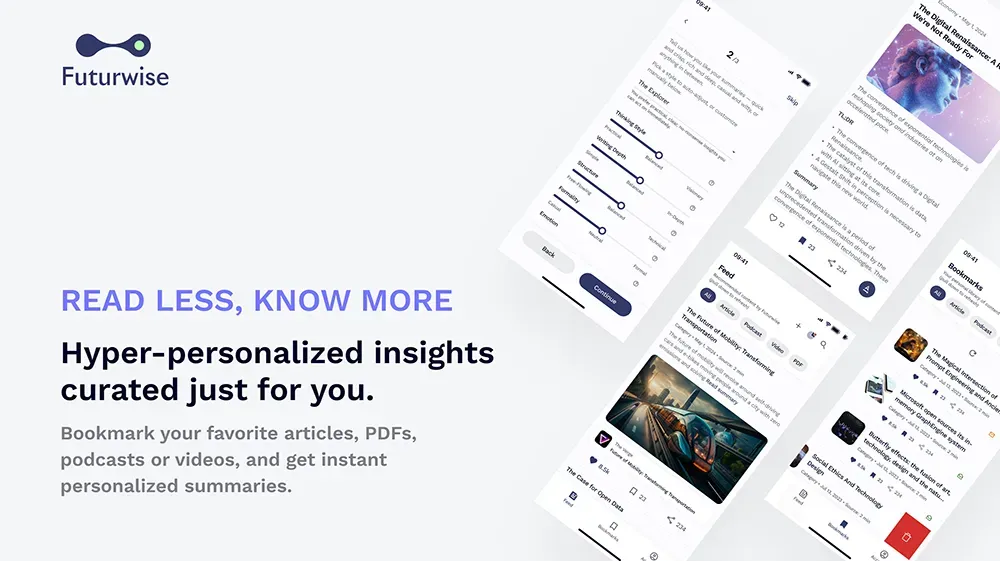Nuclear Power Play: Google’s Micro-Reactor Bet

Google’s leap into nuclear energy begs the question: Is data-driven AI worth a radioactive gamble?
Google’s partnership with Kairos Power to install seven small modular reactors (SMRs) marks a pivotal shift in the energy landscape, driven by AI's rising energy demands. By 2030, these reactors aim to supply 500 megawatts of round-the-clock carbon-free power.
As AI models, like those powering ChatGPT, consume vast amounts of electricity, traditional renewable sources—solar and wind—struggle to meet demand continuously. Nuclear power promises a stable, scalable solution, but it’s not without challenges. Kairos’ molten-salt technology introduces safety improvements over traditional water-cooled reactors, yet the timeline remains ambitious, with public opposition to nuclear energy still a wild card.
The implications are profound. If successful, this project could establish a blueprint for integrating nuclear energy into the AI ecosystem, allowing companies to scale operations sustainably. This is vital as AI systems continue to consume exponentially more energy. Google's plan underscores that achieving net-zero goals demands diversified energy solutions beyond renewables.
- Round-the-clock reliability: Nuclear offers consistent energy, balancing the intermittency of solar and wind power.
- AI-driven demand: Advanced AI systems require continuous power for data processing, increasing the urgency for new energy sources.
- Public acceptance: The success of nuclear hinges on community engagement and transparency as reactor sites are announced.
Implications:
This development highlights the growing tension between AI innovation and energy consumption. As companies like Google scale AI infrastructure, the environmental impact becomes harder to ignore. ClimateTech can help or bringing in the big guns such as nuclear power plants.
Nuclear energy offers a low-carbon solution, but it also raises questions about safety, cost, and public perception. Kairos' reactors could solve part of the puzzle, yet the project’s viability depends on proving the safety, efficiency, and community acceptance of this technology.
In the race to power the future, AI’s energy demands are rewriting the rules of energy innovation. Will SMRs deliver the sustainable infrastructure needed, or will the risks outweigh the rewards?
Read the full article on Google's Blog.
----
💡 We're entering a world where intelligence is synthetic, reality is augmented, and the rules are being rewritten in front of our eyes.
Staying up-to-date in a fast-changing world is vital. That is why I have launched Futurwise; a personalized AI platform that transforms information chaos into strategic clarity. With one click, users can bookmark and summarize any article, report, or video in seconds, tailored to their tone, interests, and language. Visit Futurwise.com to get started for free!






